No products in the cart.
3
- Course No.: E – 1999
- PDH Units: 6
Course No.: E - 1999
PDH Units: 6
3
- Course No.: E – 1999
- PDH Units: 6
Course No.: E - 1999
PDH Units: 6
Intended Audience: Energy, Mechanical & Power Engineers.
PDH UNITS: 6
The focus of this learning will be on the application of thermodynamics to understand liquefaction processes. A major part of this learning will be the analysis of an open expansion natural gas liquefaction plant process which applies all the learnings of this course. This learning is given in 3 parts.
- Part 1 is based on understanding thermodynamic concepts and the use of pressure enthalpy charts.
- Part 2 builds onto part 1 but uses thermodynamic software instead of pressure enthalpy charts for analysis and goes into additional depth.
- Part 3 builds on parts 1 and 2 to apply thermodynamics to understand air conditioning and refrigeration systems from ¼ hp size units to 300,000 hp size units.
Learning Objectives:
At the successful conclusion of this course, you will learn the following knowledge and skills:- Thermodynamic terms and definitions
- What is natural gas and liquefied natural gas
- Conservation of mass
- Conservation of energy (first law of thermodynamics)
- How to read a pressure enthalpy diagram
- How to mathematically solve thermodynamic processes using a pressure enthalpy diagram
- How to solve typical processes such as:
- Constant pressure heat gain process
- Constant pressure heat loss process
- Constant enthalpy pressure reduction
- Constant entropy pressure reduction
- Compressor efficiency applications
- Expander/turbine efficiency applications
- Multi-flow path heat exchanger applications
Course Reviews
3
3
1 ratings - 5 stars0
- 4 stars0
- 3 stars1
- 2 stars0
- 1 stars0
Once completed, your order and certificate of completion will be available in your profile when you’re logged in to the site.

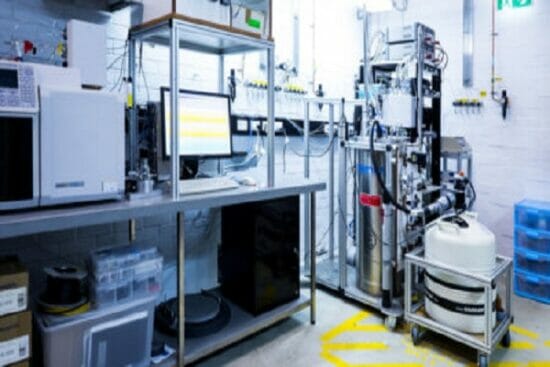
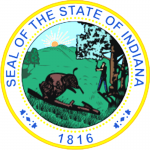
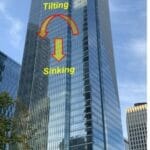

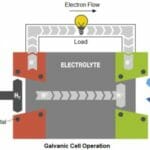

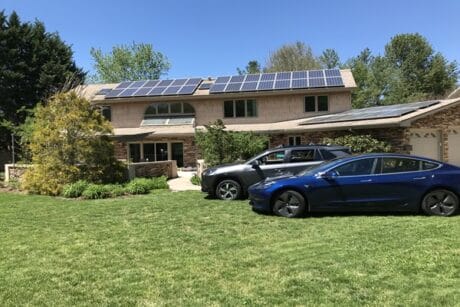
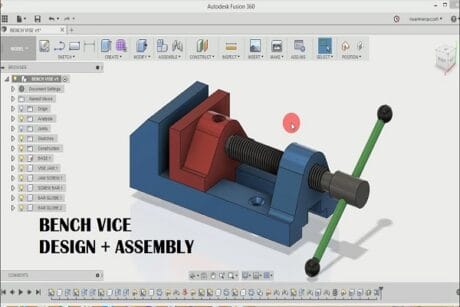
This was the most practical thermo class ever with real world application. My improvement recommendations would be to improve the pdf so that -ve numbers are clearly labelled